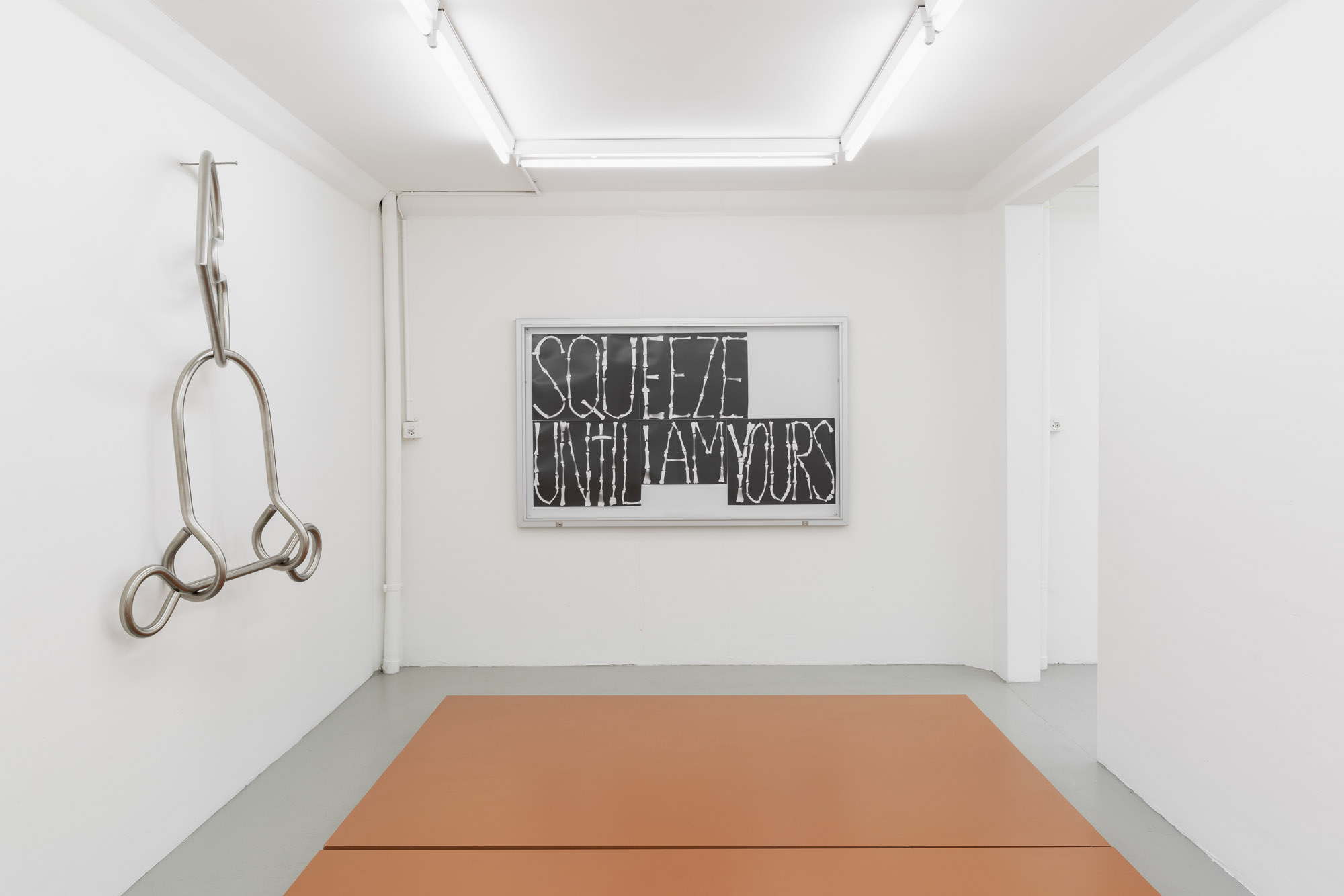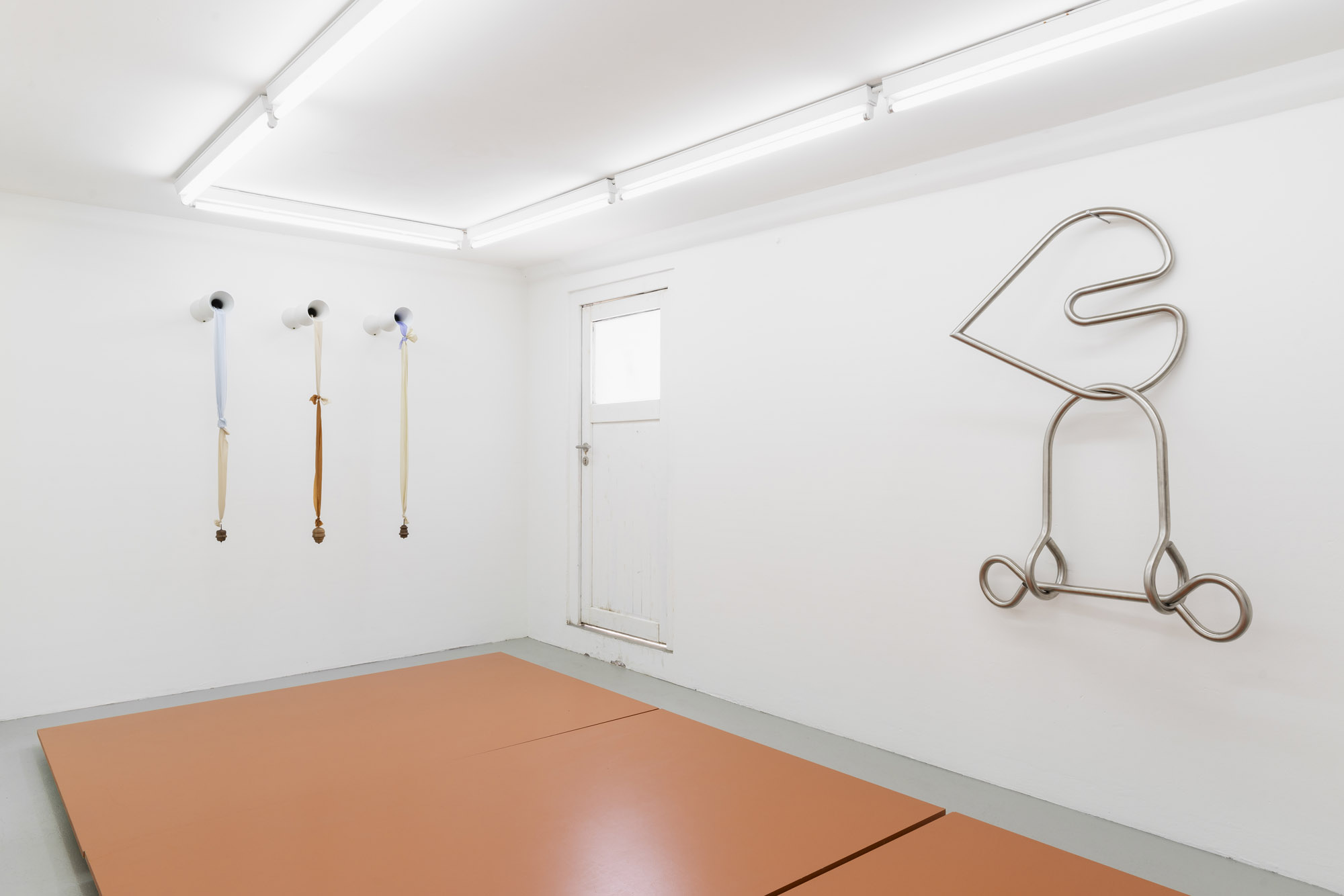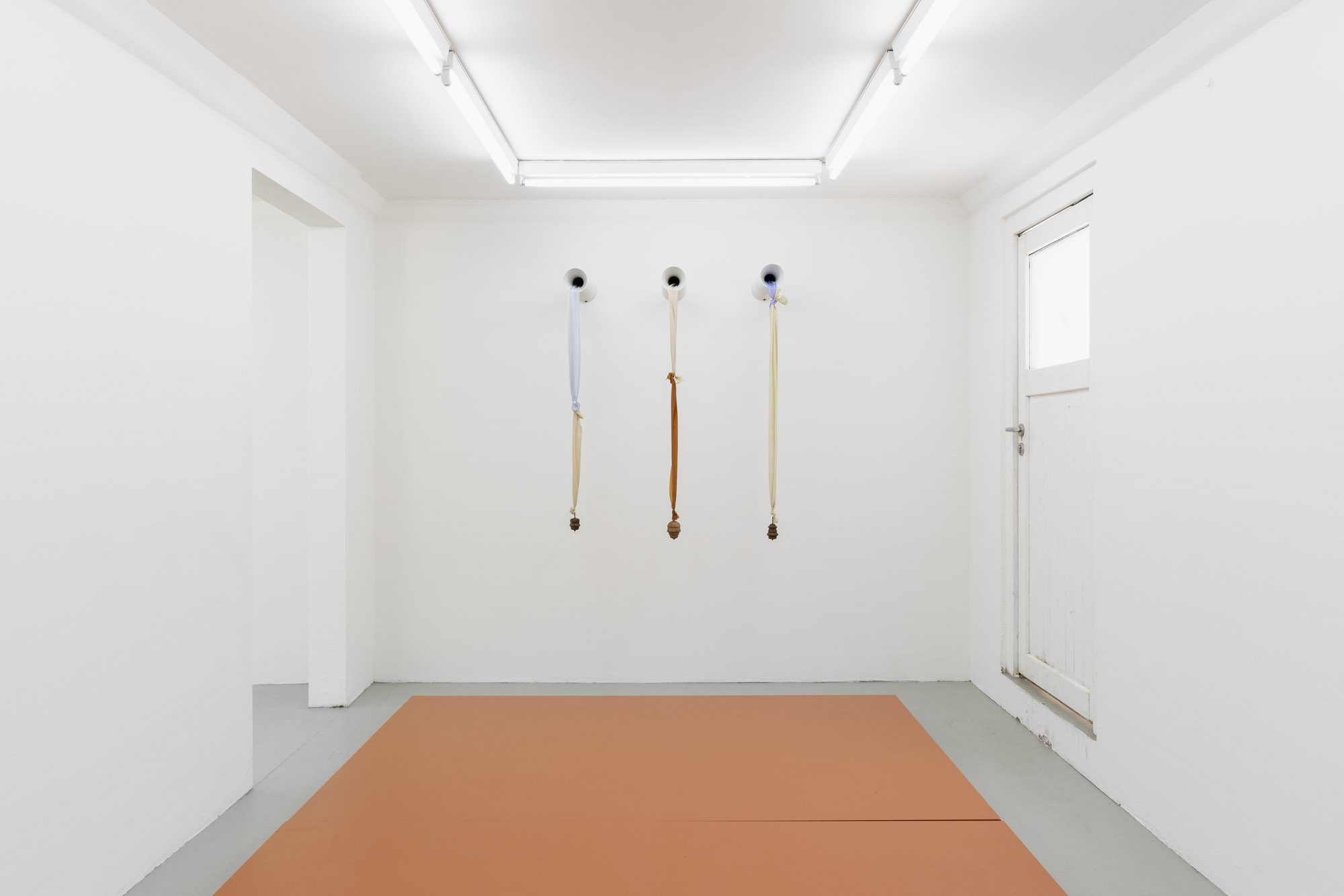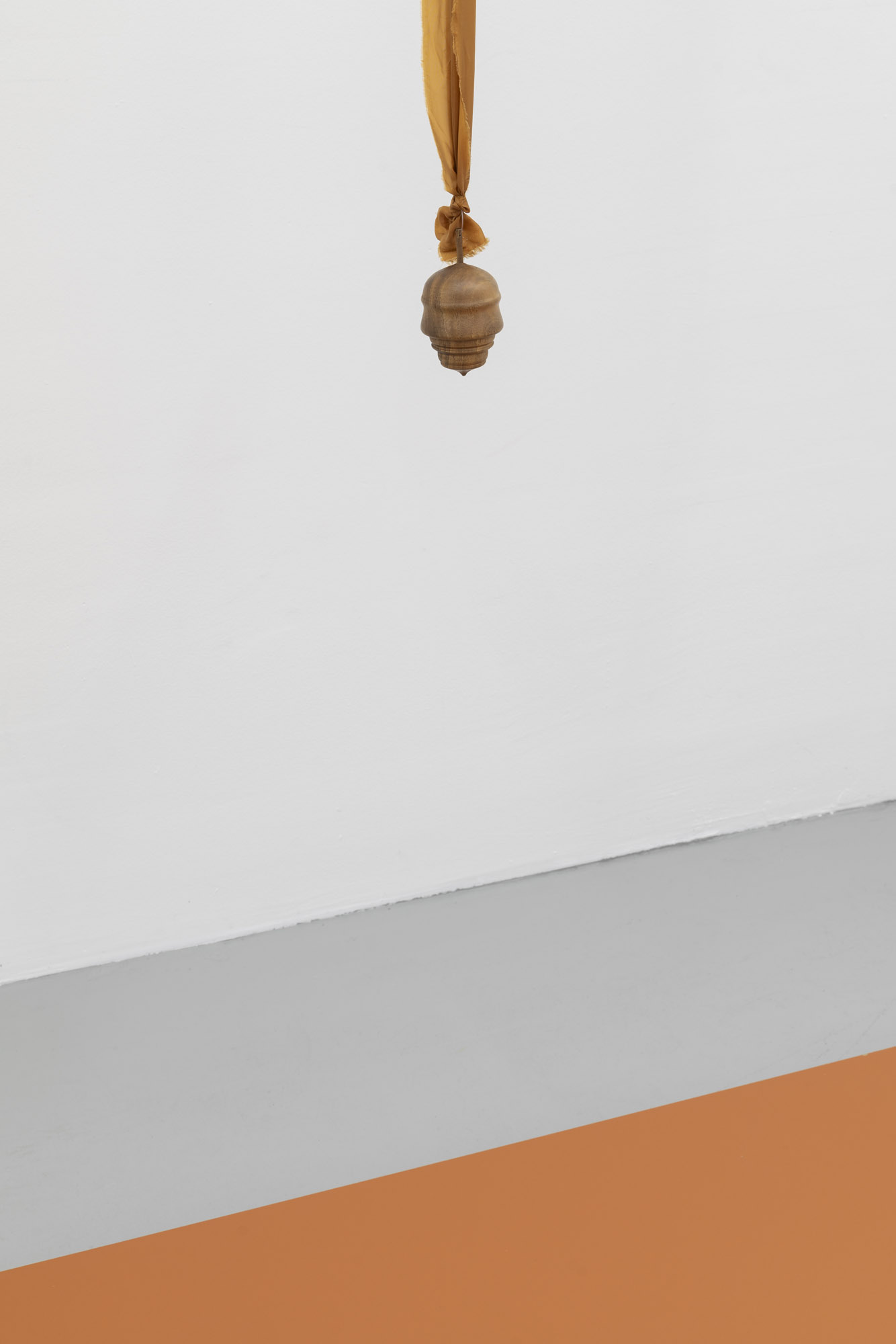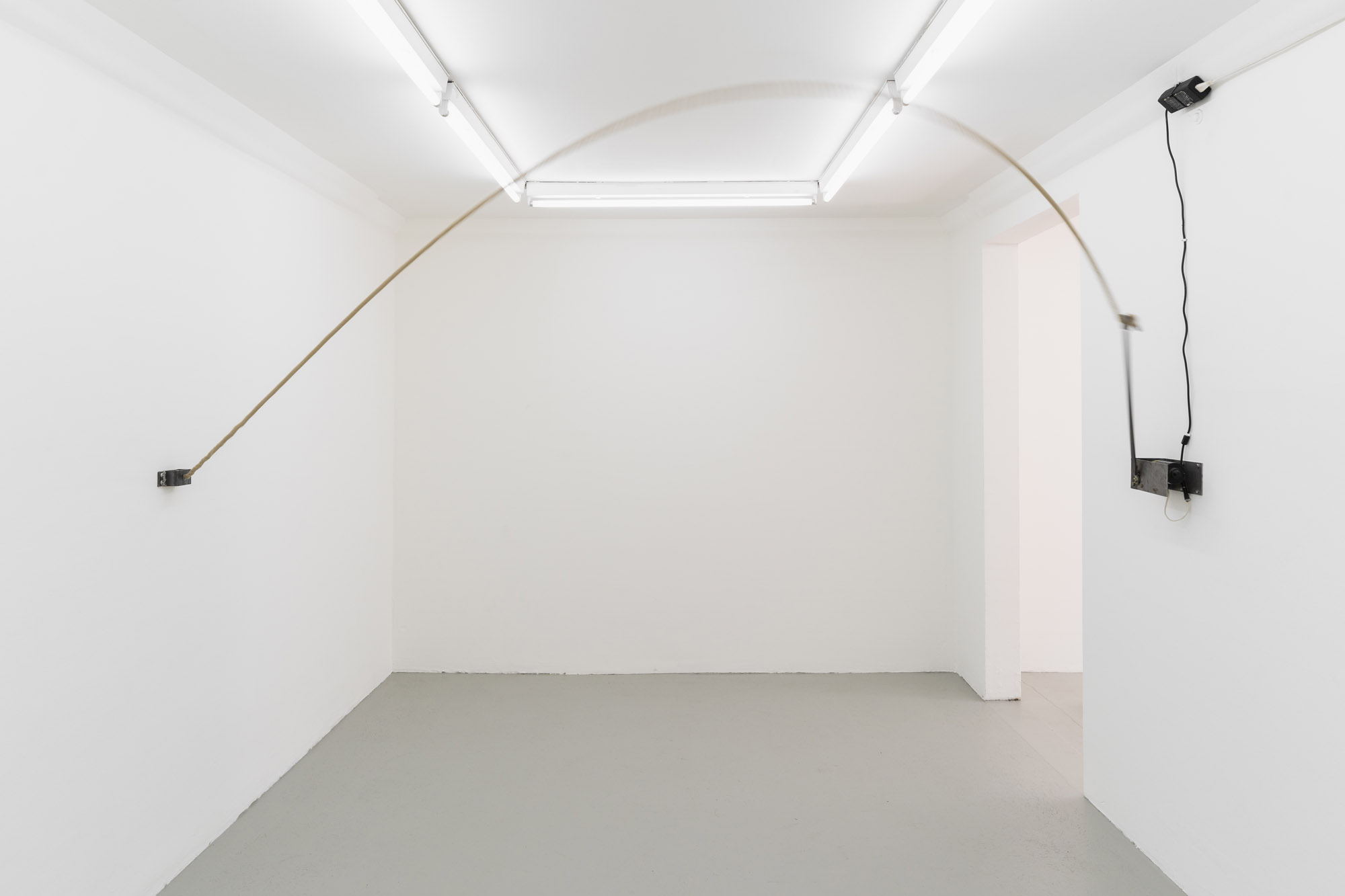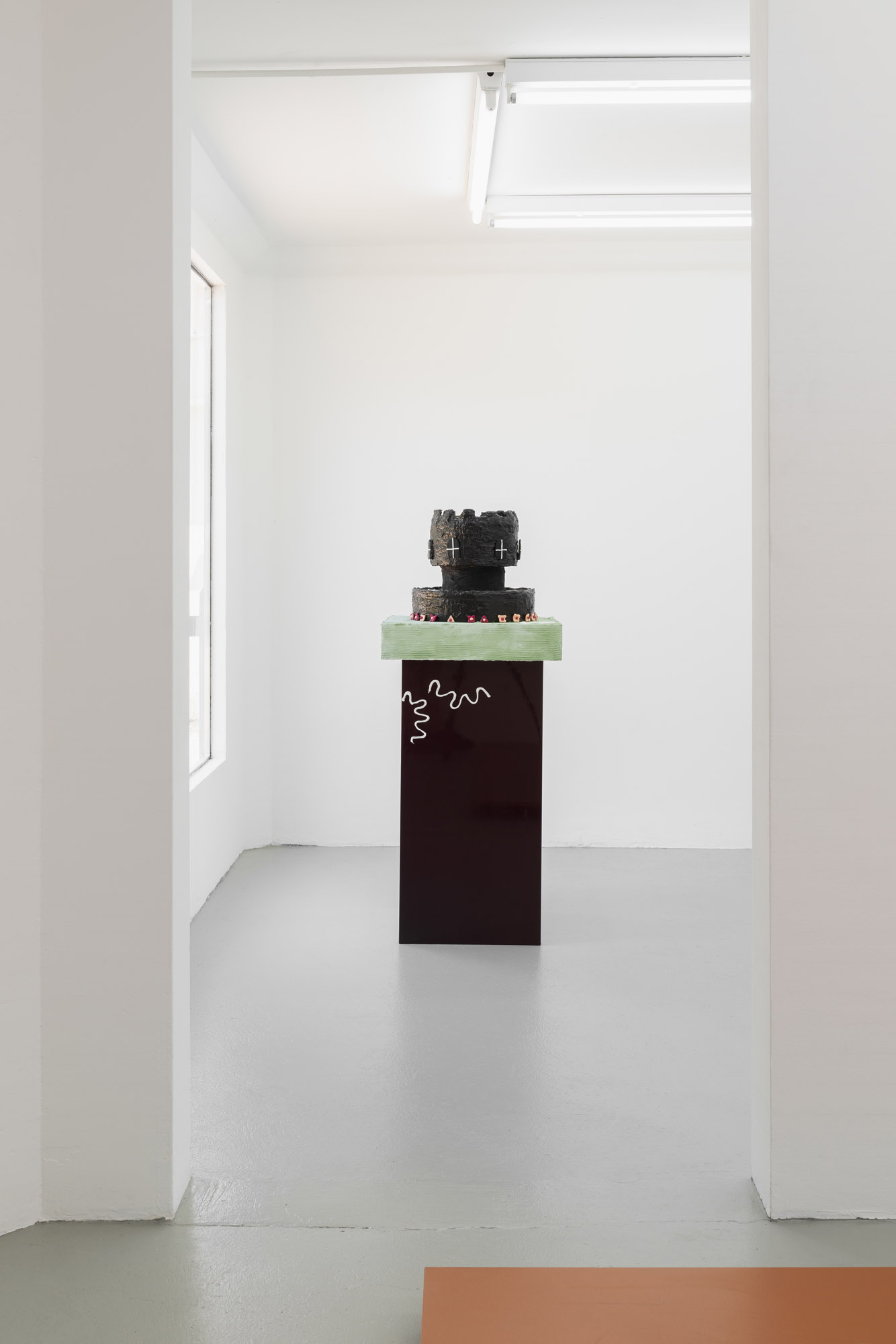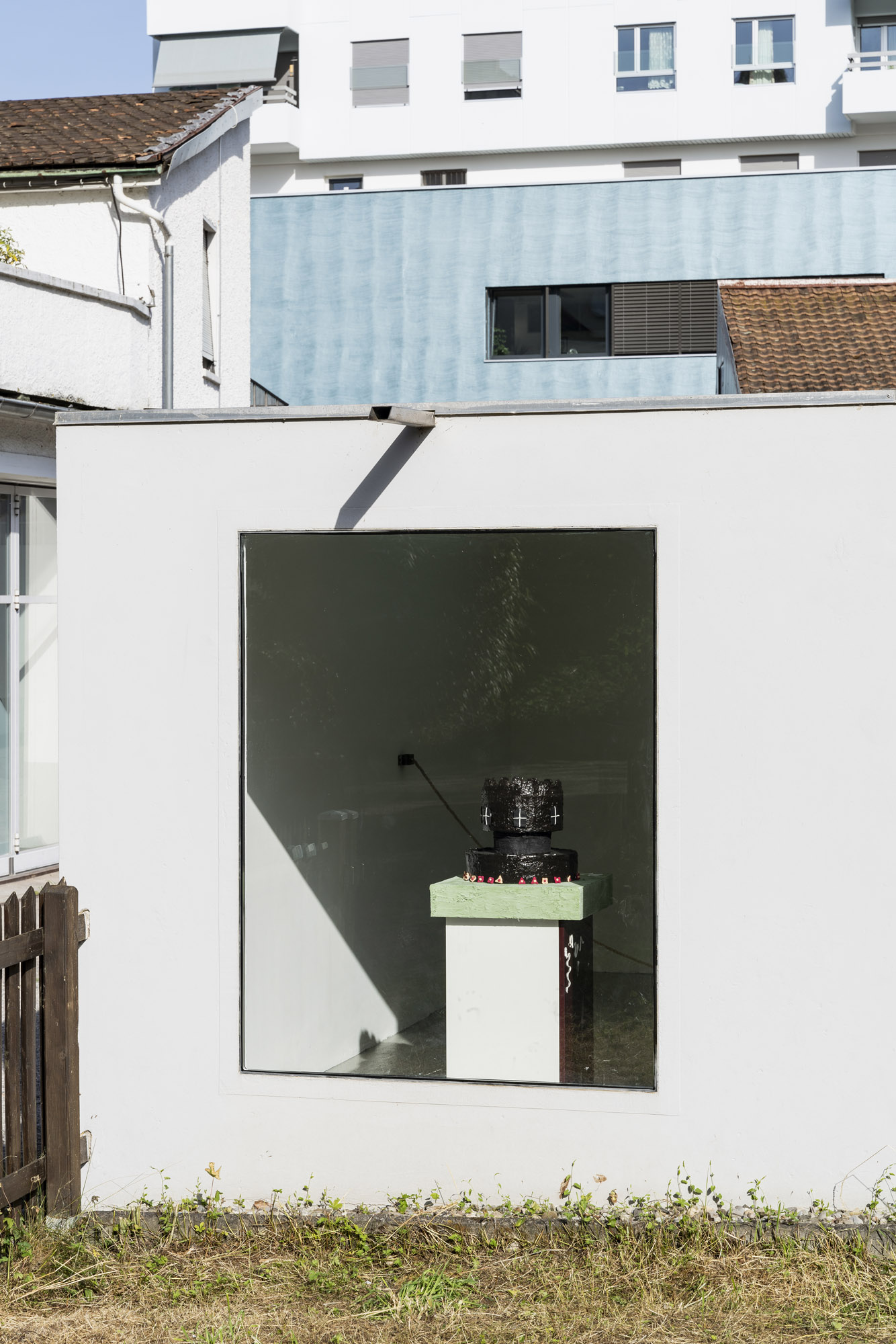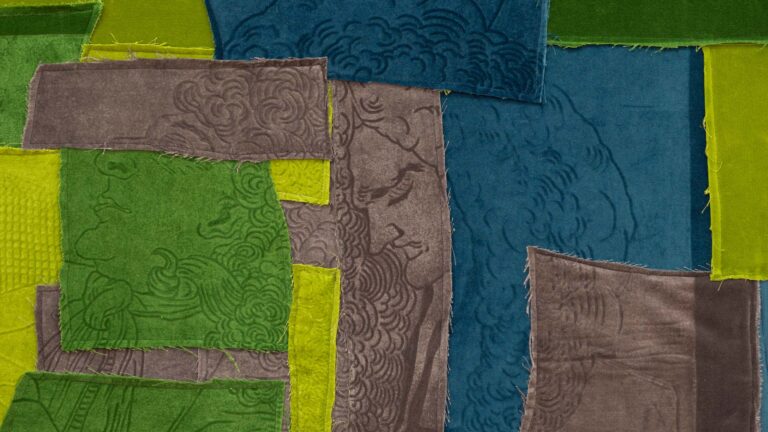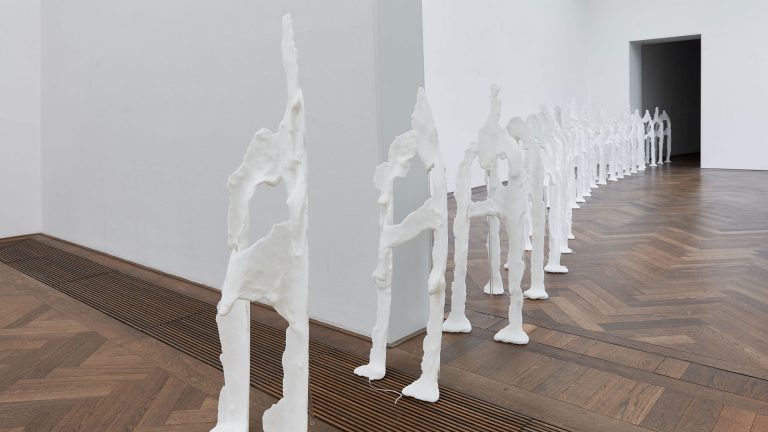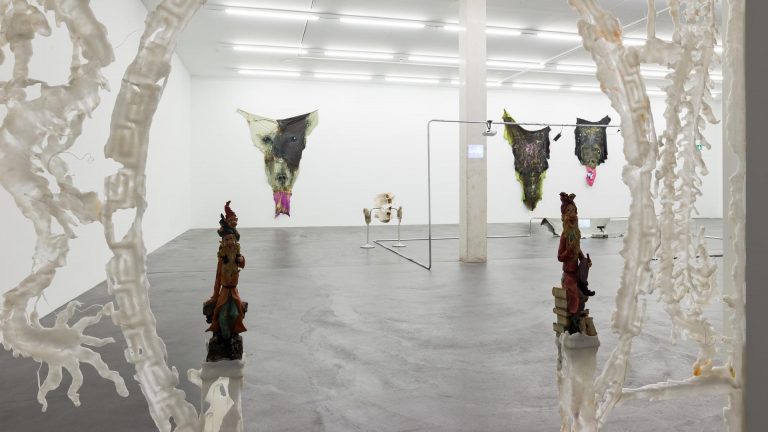Artists: Gina Proenza, Gina Fischli, Gina Folly
Exhibition title: The Gina Show
Curated by: Alice Wilke
Venue: SALTS, Birsfelden, Switzerland
Date: June 16 – September 30, 2022
Photography: Gunnar Meier Photography / Courtesy: SALTS & the Artist
A young princess was a thousand times more beautiful than the daughter of the witch Rumpelplums. Because of this, the witch cast a curse on the young princess, condemning her to a
life without laughter and perpetual tears. Only a prince could free the ensnared heart of the princess. We unfortunately do not know how long the princess has been crying. As you attempt to free the heart, you should not cry immediately if after several attempts the heart is still ensnared.
Remember the last time you played a game? Was it chess maybe? Cards? Or table tennis? Did you exert yourself rather mentally or physically? Did it bring you pleasure? Or anger? How did it feel when you won or lost? Did this resonate in your head or in your heart?
We know from children that they intuitively learn essential things in life through play. Play helps us to learn how to move within social environments, how to be in community and how to communicate with each other. Basically, as adults, we con-tinue to play and do this for similar motivations. Parlor games. Love games. Mind games. Power games. Word plays. Gambling. All require amounts of courage, skill, strength, endurance, intelligence. By playing the game we demonstrate to each other what we are made of. At the same time, we are driven by the engines of a social system that is primarily geared towards performance, competition and profit. The ambivalence of the game: The winners get the whole cake. The price, on the other hand, is not to be discussed.
The exhibition THE GINA SHOW can be called a “game show” with a wink. A bull’s eye. A deliberate joke. But the hattrick of the first name in the title remains superficial and would hardly have sufficed as a final criterion for the selection of this team up. The incentive for the group exhibition was the interest in the artistic practices of the three Gina, who are characterized not only by a very sensitive handling of materials and formal languages, but also by a preference for cultural history and narratives.
A common feature is the reflection of social phenomena and dynamics that comes to bear in the works. With the literally playful elements of the works uni-ted here, themes emerge that are capable of touching and moving. In Gina’s art there is no fear of dealing with emotions and just as little any hesitation to look at things in everyday life through “naive” glasses in order to critically question what is closely perceived. This artistic strategy may well be called a game changer in today’s times.
The exhibition space of the double garage finally turns into a kind of small par-cours, where movements and emotions generated by the stories can be mentally and also physically recreated. At first glance of the objects, this may seem quite easy, yet it has tension and depth, even allusions to interpersonal abysses. The works tell metaphorically of human passions.
As in Proenza’s case, they speak about the gravity of solidarity in teams and communities. Or, in the case of Folly, the works are dealing with captivating affairs to existential self-sacrifice. Elsewhere, Fischli parodies symbols of domi-nation and deconstructs them in conjunction with consumerism. The three small Antigone figures hanging on ribbons in the entrance and exit keep the room firmly in view. They are three portraits in profile, representative of the three Ginas. The silhouette of these sculptures made of wood, porcelain and fabric is remi-niscent of the toy Bilboquet, which came into fashion in France during the 16th century, and which above all required skill. In a modified form under the name Hibuki the object served Japanese women as a handy weapon for self-defense.
The fate of Antigone ends tragically according to the poets of antiquity, but apart from that it is the story of a strong-willed woman who did not bow to patriarchal rules and laws, but asserted her own ethical standards. Preserving a form of self-determination under the given circumstances also applies to the protago-nists of this exhibition. Playfully, as if pulled out of a sleeve. Welcome to THE GINA SHOW.
-Alice Wilke


